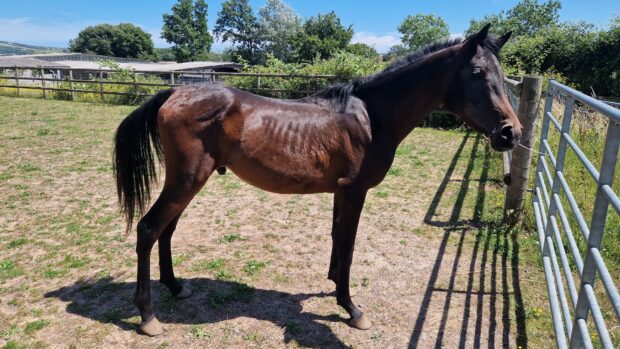Concern grows as another case of West Nile Virus is confirmed in the USA
The first equine case of West Nile Virus (WNV) has been found in North Dakota, the 14th American state to contract the disease.
Fears are now growing about the speed at which the virus is spreading across the United States. Earlier this month a case was recorded in Texas, an area previously free of the disease, while in Arkansas an infected blue jay has been found.
WNV causes encephalitis which is inflammation of the brain. Until 1999, it had been found in Africa, western Asia, the Middle East and the Mediterranean. In 1999, it was first found in the New York City areaand has since spread down the eastern coast, infiltrating the country, state by state.
The virus is carried by mosquitoes. It occasionally affects vertebrate populations such as humans or horses, but there is no evidence to date that it can be passed between the species.
Horses are more likely to be affected than any other domestic animal.
Not every infected animal will show signs of illness but symptoms include twitching, hypersensitivity, listlessness, disinterest in food, loss of co-ordination, weakness of limbs, ataxia and paralysis.
Although not always fatal, death can occur and there is no specific treatment for the virus, only supportive care, including anti-inflammatory medication.
Government guidelines stress the need for prevention. A vaccine has been available since August 2001 and the use of insect-screened housing with fans and insect repellents are both advised.
Dr James Wood, head of epidemiology at Newmarket’s Animal Health Trust suggests that the spread of the disease in the USA is a cause for concern for the equestrian community in Europe.
“A case in the south of France was linked to migrating egrets from the Sudan and we do haveegrets and mosquitoes in southern England, although not in sufficient numbers for the disease to become endemic.”
Read more US equine stories:
- Drought kills US wild horses
- Horses saved from US wildfire
- Fears grow over future of America’s mustangs



